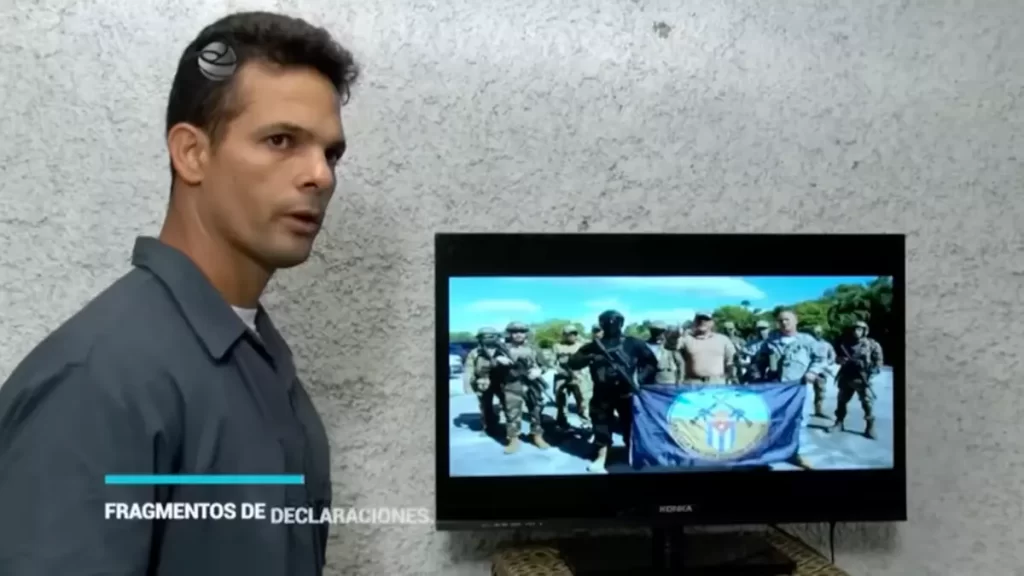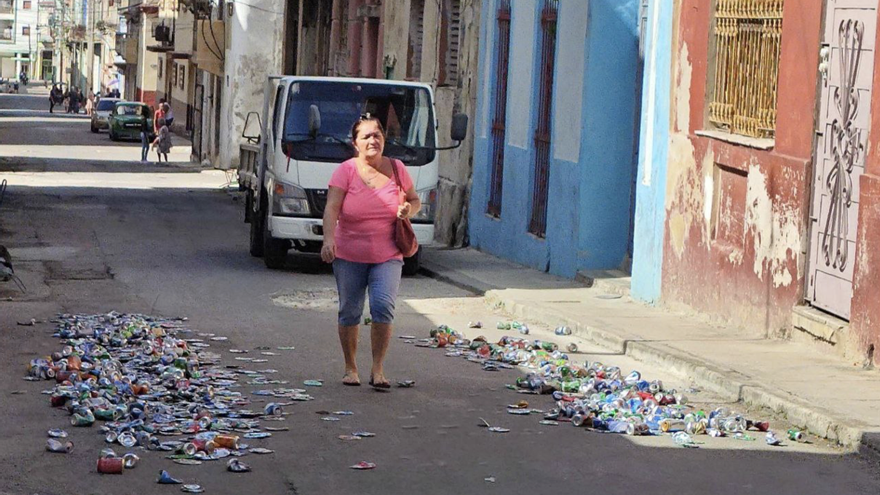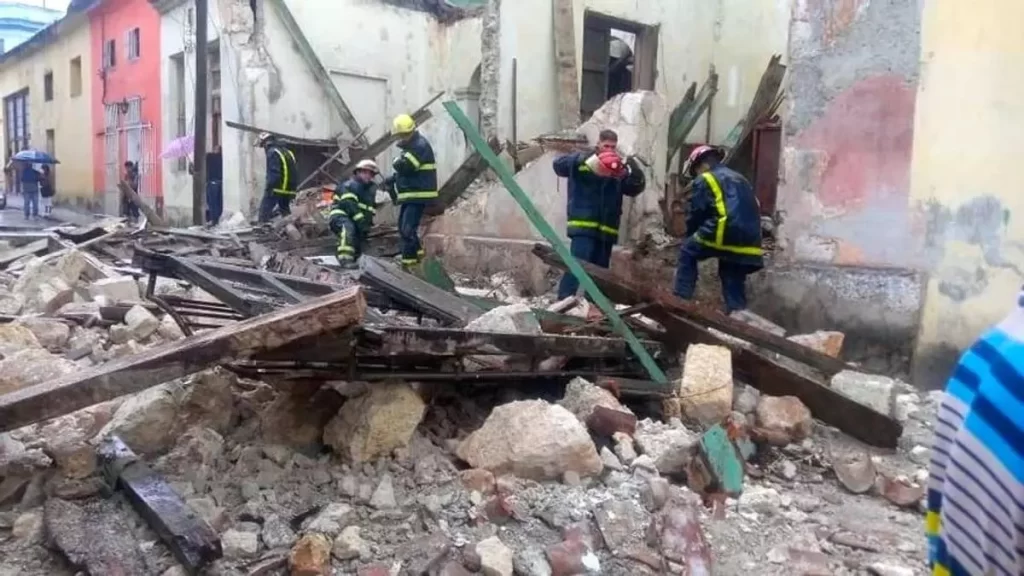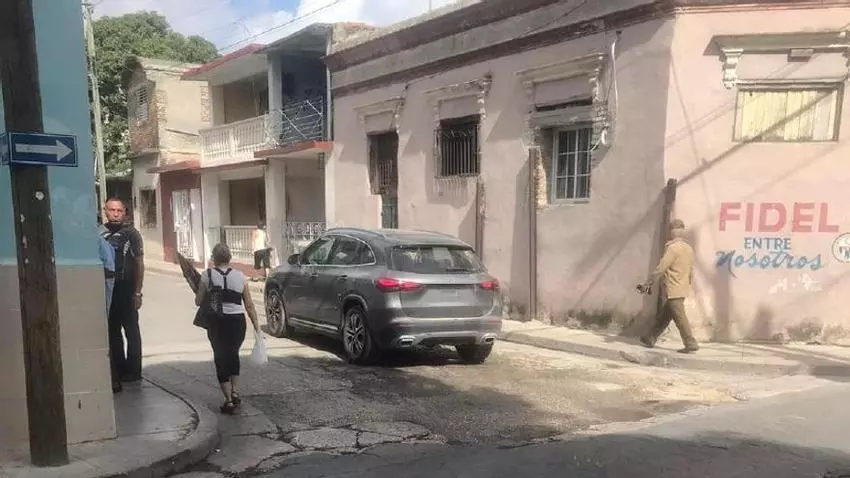The robbery occurred in the offices located in the Mariel Free Zone

![]() 14ymedio, Havana, July 19, 2024 — One of the best-insured economic enclaves of the Cuban regime, the Mariel Special Development Zone, is involved in a scandalous embezzlement of more than 21 million pesos. The news was published this Friday by the official press, which points to the victim as the unpopular Electric Union (UNE), the same day that the electricity generation deficit again exceeded 1,000 megawatts. The events cannot be related, given that the theft occurred in 2023, but the intention for readers to sympathize with the UNE, plundered of part of its resources, is not an impossible strategy for the official press.
14ymedio, Havana, July 19, 2024 — One of the best-insured economic enclaves of the Cuban regime, the Mariel Special Development Zone, is involved in a scandalous embezzlement of more than 21 million pesos. The news was published this Friday by the official press, which points to the victim as the unpopular Electric Union (UNE), the same day that the electricity generation deficit again exceeded 1,000 megawatts. The events cannot be related, given that the theft occurred in 2023, but the intention for readers to sympathize with the UNE, plundered of part of its resources, is not an impossible strategy for the official press.
According to El Artemiseño, the warehouseman of a Base Business Unit of the UNE in Mariel took advantage of the permission he had to enter the company’s accounting system and manipulated the inventory. All this, the provincial newspaper clarifies, “in order to appropriate resources for whose custody and distribution the unit was responsible, destined for the energy development of that important economic enclave of the country.”
Three linemen of the company conspired with the warehouseman and used state vehicles in their care to transport the stolen items – which are not specified – in order to sell them in the “informal market. All were aware of the affect they generated due to the lack of resources in the national energy system,” says the media. continue reading
During the trial, four of the defendants received a precautionary measure of preventive detention
As a result, 13 people were prosecuted, including managers and employees “who could and should avoid these behaviors.” For the crimes of falsification of bank documents, embezzlement, breach of the duty to preserve the goods, receiving stolen property and theft, five of those involved faced penalties between eight and 18 years in prison. Six faced correctional work without internment, and the remaining two were given correctional work with internment.
The “combative” language and the lack of concrete facts and dates characterize the article published by El Artemiseño, which does not skimp, on the other hand, on rhetorical statements about social justice. “When these principles are broken and those who are in charge of material or financial resources decide to appropriate them to satisfy their personal ambitions, serious damage is caused to the socialist state economy, and the prestige and ethical values of those labor groups are affected,” it admonishes.
The allusions to socialist morality, especially in the business sphere, come in a context in which Parliament carries out control of the national economy. “Indisciplines,” “distortions” and cases of corruption have been some of the central issues in each debate.
The practice of exposing old cases of institutional theft and embezzlement is a strategy that the official media have used in recent months to warn about the consequences of appropriating what belongs to the State. Failure to comply with the price caps imposed by the Government on six essential products, the control of farmers and the investigation for corruption of the former Minister of Economy, Alejandro Gil, are some of the most recent cases.
For their part, the authorities of the Electric Company, who have worn out their excuses — based on the lack of oil and the infinite maintenance needs — hid a few million pesos that would have contributed little to the precarious Electricity System. Meanwhile, tonight many Cubans will go to bed in a blackout.
Translated by Regina Anavy
____________
COLLABORATE WITH OUR WORK: The 14ymedio team is committed to practicing serious journalism that reflects Cuba’s reality in all its depth. Thank you for joining us on this long journey. We invite you to continue supporting us by becoming a member of 14ymedio now. Together we can continue transforming journalism in Cuba.



















